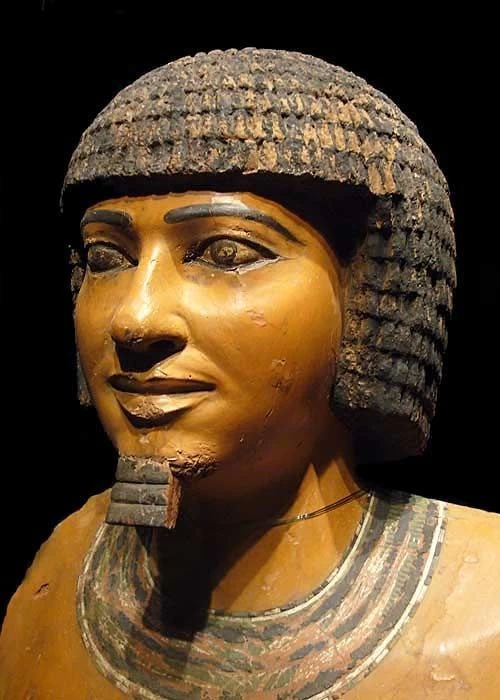
Imhetop, The First Architect
Who was the first architect in history?
Imhotep was a bright clever guy back in ancient Egypt and wore many hats. Pharaoh Djoser was his boss, he dealt with him as his wise man, while he also planned and constructed the step pyramid of Sakkara which some consider to be Egypt’s oldest.
For that time, it was a real benchmark achievement in architecture. These monuments’ six stories high structures with several burial chambers were an unprecedented design for the old pharaohs of Egypt. In addition to his architect’s “cap”, Imhotep was also an extremely well-educated physician. For these same reasons he has often been considered the father of Egyptian medicine.
Imhotep even developed his art in poetry, being a poet and scholar. His writings have had a considerable influence on Egyptian literature and thought. Imhotep introduced many architectural innovations, including the use of cut stone for building construction, rather than simple raw blocks. A revolutionary idea for the time.
During his career, he also designed sophisticated drainage systems for buildings. But his creativity doesn’t stop there. He also designed columns and pillars that influenced many architectural styles later. In addition to the numerous other pyramids that were constructed later, Imhotep's influence may still be seen in the numerous ancient Egyptian structures that have survived to this day.
Over the ages, numerous architects have been influenced by Imhotep's extraordinary inventiveness and inventiveness. Today, Imhotep is considered one of the great thinkers in human history. Beyond ancient Egypt, his work was also studied by Greek and Roman architects, who incorporated his ideas into their own designs.
For instance, Imhotep's Egyptian columns had an influence on the design of the Doric column, a fundamental component of Greek architecture. Architects and intellectuals worldwide are still motivated by his life and work.
Studying the figures of architecture is essential for students of EFET STUDIO CREA. With 50 years of experience, the school provides a highly specialized teaching programme, which takes up the basics of the discipline but also looks to the future, learning new techniques and training in the new tools available today.














